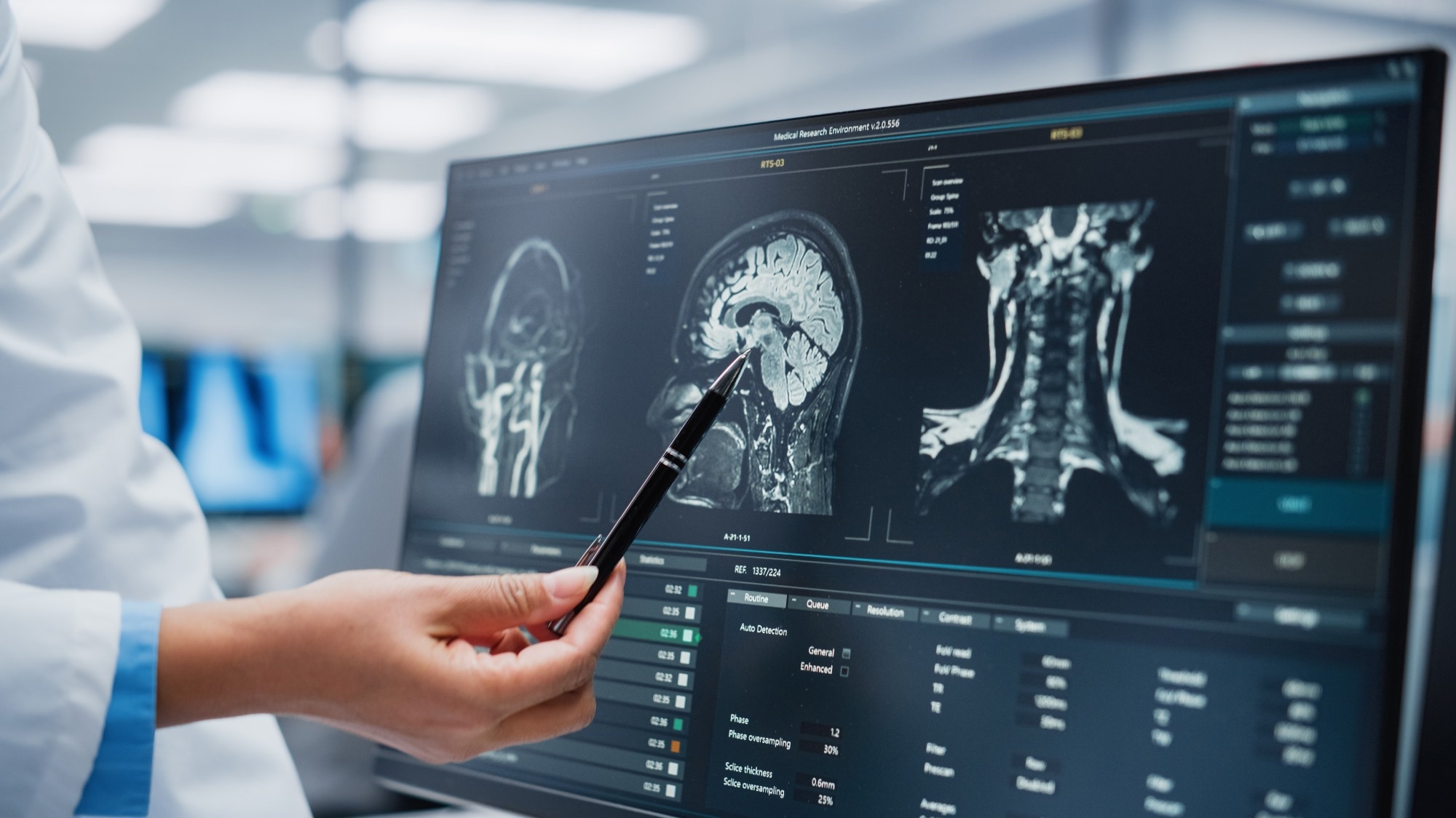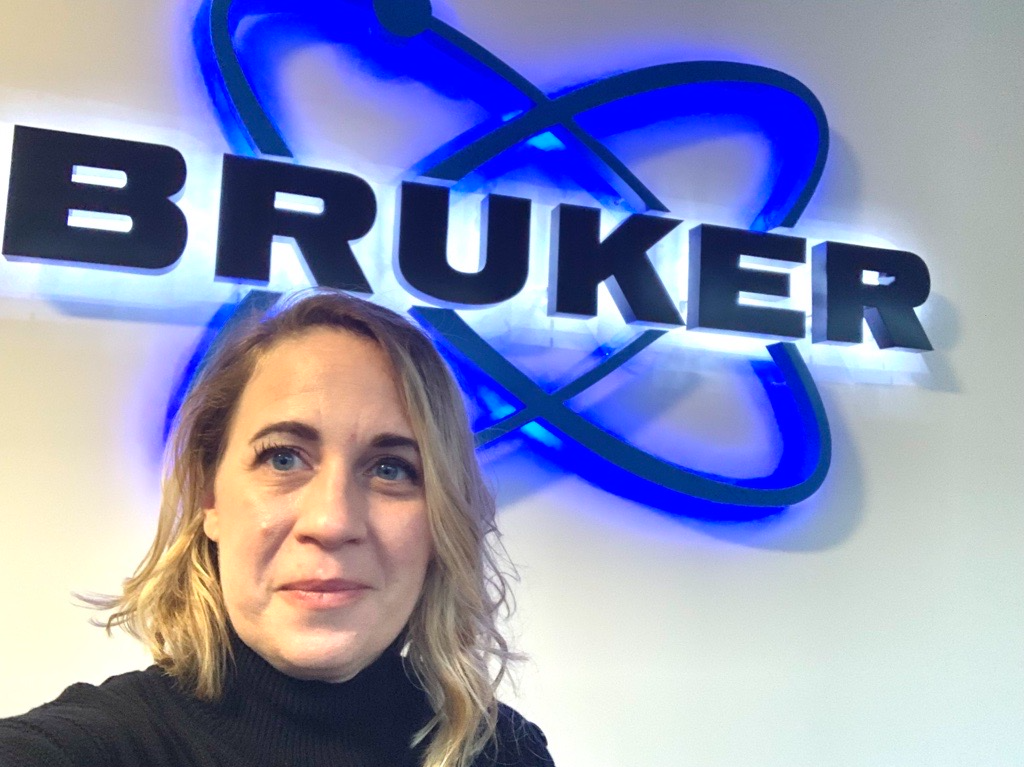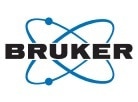In this new episode of OMG OMx, Kate Stumpo speaks to Sapient's Tanya Nguyen about the role of omics and mass spectrometry in neurosciences. Read selected highlights below, or watch the full podcast:
Tanya Nguyen | OMG OMx Podcast | Ep. 10
Can you take us through your omics background and how you came to embrace this field?
I am a clinician scientist by training, specializing in neuropsychology and brain-behavior relationships. For several years, I was a professor at UC San Diego, attending the University Medical Center. I was also a research faculty member and operated a clinical research lab focused on understanding biomarkers of neuroinflammation in the context of neuropsychiatric diseases.
My background differs slightly from many of my colleagues in the omics area, providing me with a unique perspective on how we can apply omics to better treat clinical human diseases, and a clinical perspective on how this will eventually impact patient lives and outcomes.
How has your time in the clinical space provided you with new insights into doing research?
One of the things I often felt was missing in my early preclinical research was the understanding of what happens next. How does this work translate into clinical applications? How can I impact the lives of clinical patients? Perhaps this was because I was young and still an undergraduate with great aspirations. This led me to shift my focus for my Ph.D. and pursue a clinical degree.
My Ph.D. was in neuropsychology. This was a unique research and combined clinical degree, where I not only learned an important methodology for conducting clinical biomedical research but also became clinically licensed to assess and treat patients with disorders I was researching.
During my clinical work, I was focused on the assessment and treatment of older adults with different types of mental illnesses. These primarily included major psychiatric diseases as well as advanced dementia syndromes.
As part of my clinical Ph.D. research, I also worked on how to design and conduct randomized clinical trials for nutritional interventions. This built upon my undergraduate research on how to improve cognitive function in patients with various teratological diseases—including prenatal alcohol exposure, autism spectrum disorders, and others.
 Image Credit: Gorodenkoff/Shutterstock.com
Image Credit: Gorodenkoff/Shutterstock.com
Is there an OMG moment that helped you start the road down science?
My “OMG” moment occurred during my postdoctoral research. At the time, I became interested in the gut-brain axis. The microbiome was budding in the scientific research community during this time. While extensively studied in the context of GI illness, it was just making its way into the sphere of neurodegenerative and neuropsychological diseases.
As a postdoc and an early career faculty member, a lot of my research was focused on studying microbial-based biomarkers and how they contribute to the pro-inflammatory milieu observed in neuropsychiatric diseases. While studying these microbes, I thought it important to understand the metabolomics, metabolites, and lipids that are created by these bugs.
I aimed to explore how these compounds impact downstream processes and interact with other risk factors and comorbid conditions that may be present in the patients. This is when I began collaborating with our now co-founders at Sapient: Mo Jain, Jeramie Watrous, and Tao Long.
How is mass spectrometry important in the broad omics field that you specialize in?
Mass spectrometry plays an important role in many different areas. Its functionality is a tool that can be applied to many different applications. I think that it is agnostic to different diseases, and as mentioned earlier, spans different stages of drug development.
From the early stages of discovery and understanding the mechanism of action to target identification and validation, mass spectrometry proves invaluable. Its utility extends to more patient-oriented applications like patient stratification and clinical trial enrichment.
This is what excites me as I have always been more of a methods technology researcher. While the disease is important, my focus has always been on exploring how tools can be applied to better understand different diseases.
As a scientist, it has been fun to broaden my horizons and understanding of how different diseases work, how different interventions for different populations may vary, and being able to use the same tool to reach different conclusions.
About the speaker
Dr. Nguyen is a clinician-scientist with over 13 years of research experience, having been principal investigator on a number of National Institutes of Health- and Foundation-supported multi-site clinical trials. Dr. Nguyen’s work has leveraged multi-omics discovery within the context of human biosampling to uncover new biomarkers for disease diagnosis and treatment. At Sapient, Dr. Nguyen acts as a liaison between scientific, business, and operational teams overseeing key customer relationships and partnerships.

omg OMx host: Kate Stumpo, Senior Market Manager at Bruker
LinkedIn
About Bruker Life Sciences Mass Spectrometry

Discover new ways to apply mass spectrometry to today’s most pressing analytical challenges. Innovations such as Trapped Ion Mobility (TIMS), smartbeam and scanning lasers for MALDI-MS Imaging that deliver true pixel fidelity, and eXtreme Resolution FTMS (XR) technology capable to reveal Isotopic Fine Structure (IFS) signatures are pushing scientific exploration to new heights. Bruker's mass spectrometry solutions enable scientists to make breakthrough discoveries and gain deeper insights.